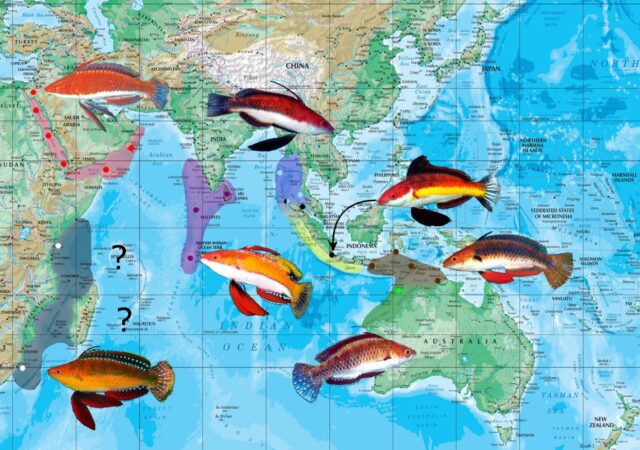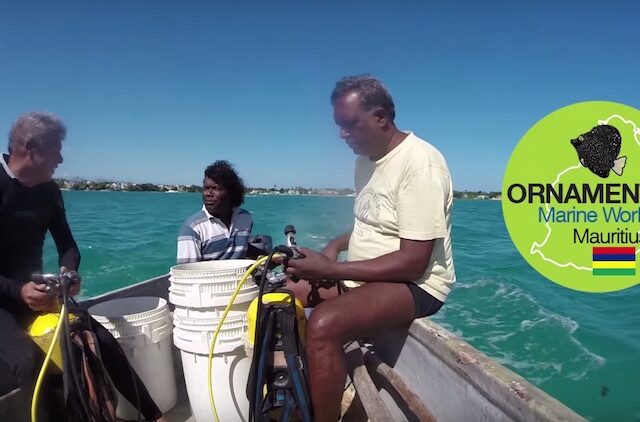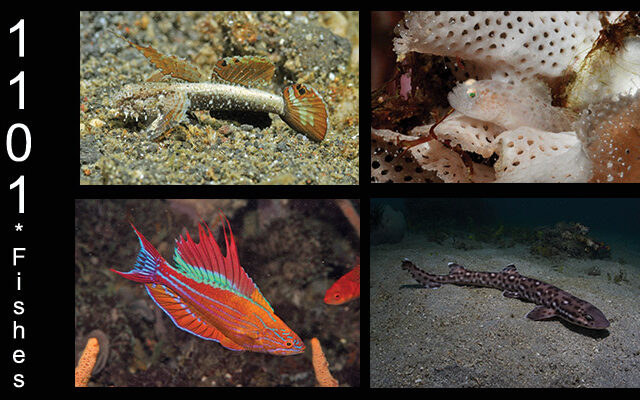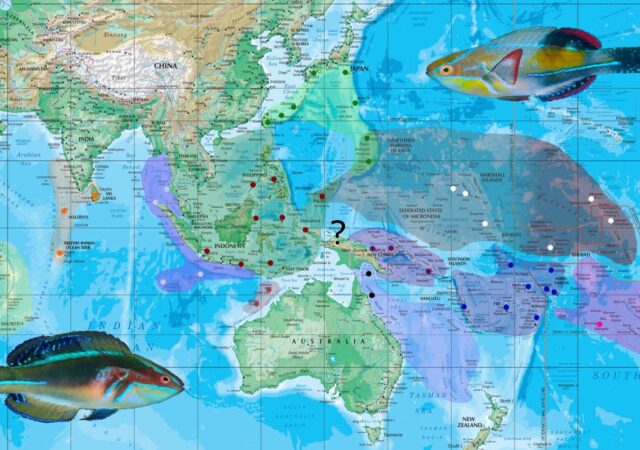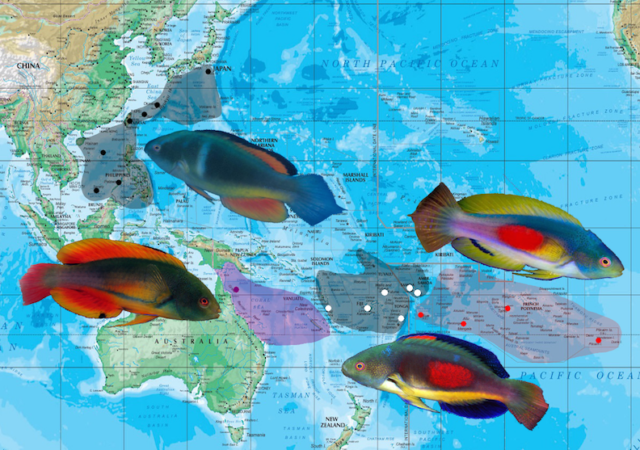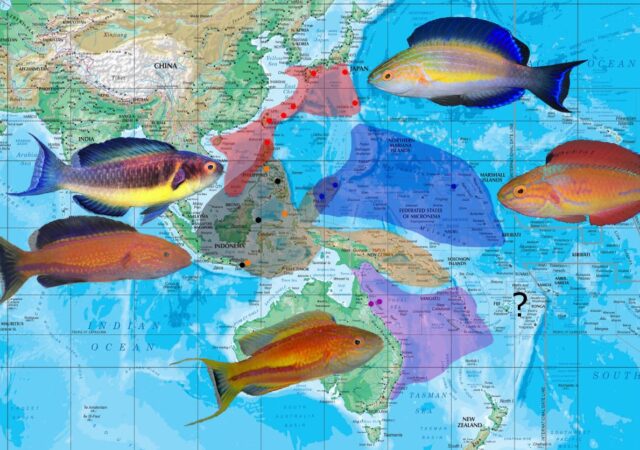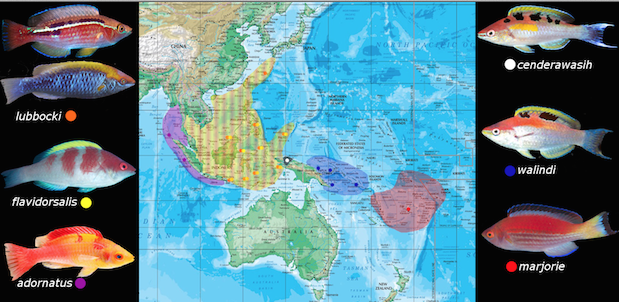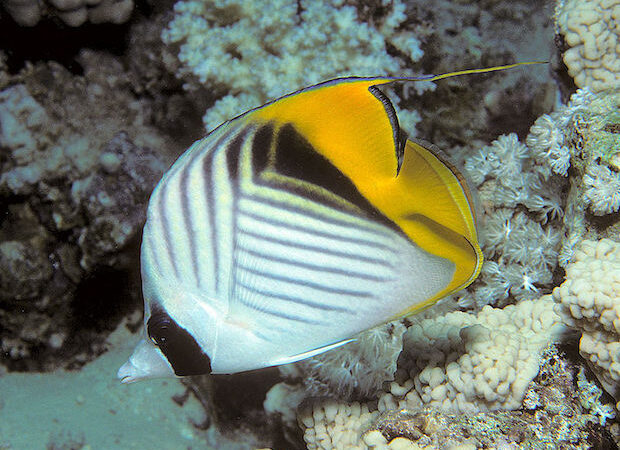The rubriventralis group features some of the most beloved and charming species of fairy wrasses, ornately adorned with painterly brilliance and morphological exuberance. Unlike some of the characteristically larger members of Cirrhilabrus, the rubriventralis group members remain small, rarely exceeding…
Search Results For: paracheilinus hybrid
Cool video shows the whole process of exporting fish from Mauritius
We like to promote the marine aquarium industry, and particularly the export of tropical marine fish, as a force for sustainable harvest of marine fish, sometimes undertaken by tight knit families living in coastal island communities. Nowhere is all of…
Lembeh now has the second highest reef fish diversity in the world
Coral reef fish superstars Gerald Allen and Mark V. Erdmann are at it again, this time participating in a “reef crawl” in Lembeh that was focused on sighting as many reef fish as possible. The reef life survey turned up…
2.3 Fairy Wrasses: The exquisitus complex
Cirrhilabrus exquisitus is an unusually widespread and variable species which appears to form a lineage alongside the scottorum and cyanopleura groups, with all three sharing characteristically mid-length pelvic fins. Unlike any other species of Cirrhilabrus, the Exquisite Fairy Wrasse has…
2.2 Fairy Wrasses: The cyanopleura group
The cyanopleura group is the next collection of fairy wrasses from the second major Cirrhilabrus clade (whose member taxa share the trait of mid-length pelvic fins) and is sister to the scottorum group. In the latter, certain traits that were diagnostic to the members will be…
2.1 Fairy Wrasses: The scottorum group
Moving away from the first major Cirrhilabrus clade, we explore the various species groups that differ by having larger and longer pelvic fins. The scottorum group is a small conglomeration of two confirmed species, one of which is highly polychromatic…
1.2 Fairy Wrasses: The lunatus group
Cirrhilabrus johnsoni was first described in 1988 based on specimens collected in the Marshall and Caroline islands. This small species served as the twentieth member of a rapidly expanding genus, and was decidedly different with a crescent shaped caudal fin adorned…
1.1 Fairy Wrasses: The lubbocki group
The lubbocki group houses six members divided evenly into two separate but closely related clades. They are the lubbocki clade and the marjorie clade. All members of this group are small to medium sized species with a recurring red and white…
Destination De Jong
There are a handful of fish and coral powerhouses spread around the world in isolation, each with their special niche and prowess responsible for procuring some of the hobby’s most sought after. Most recently on our little tour of Europe,…
Geminate sisters and their path to speciation
Ever wondered why with an endless possibility of patterns and permutations, there is always somehow a few fish with consistently repeated pattern templates? A few species that share the same overall appearance but not quite the same. That confusing group of…


